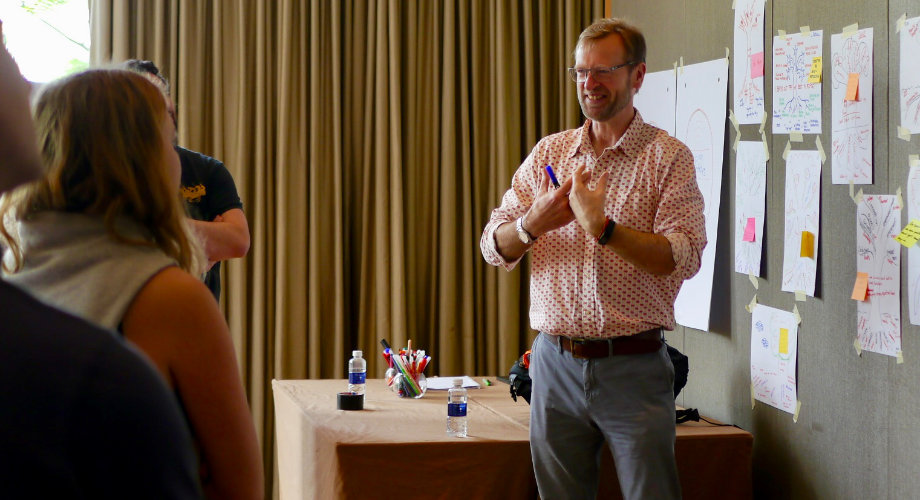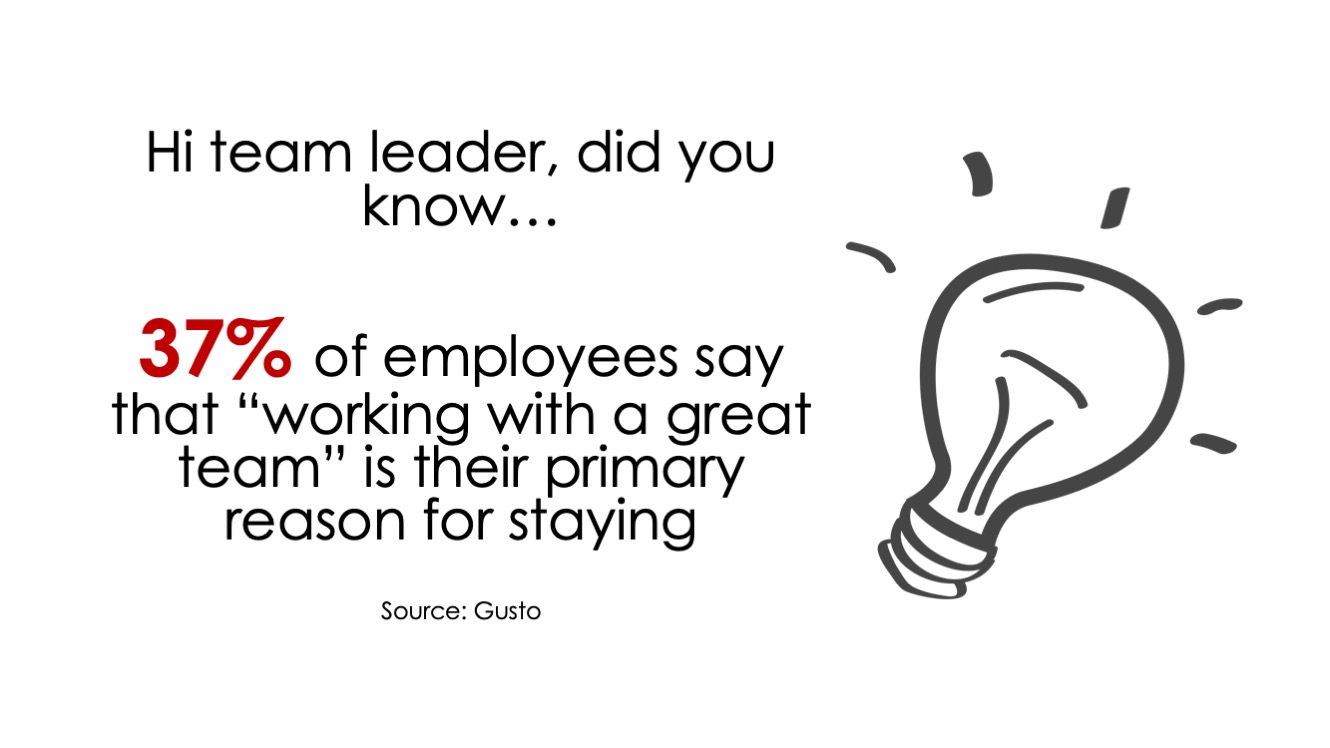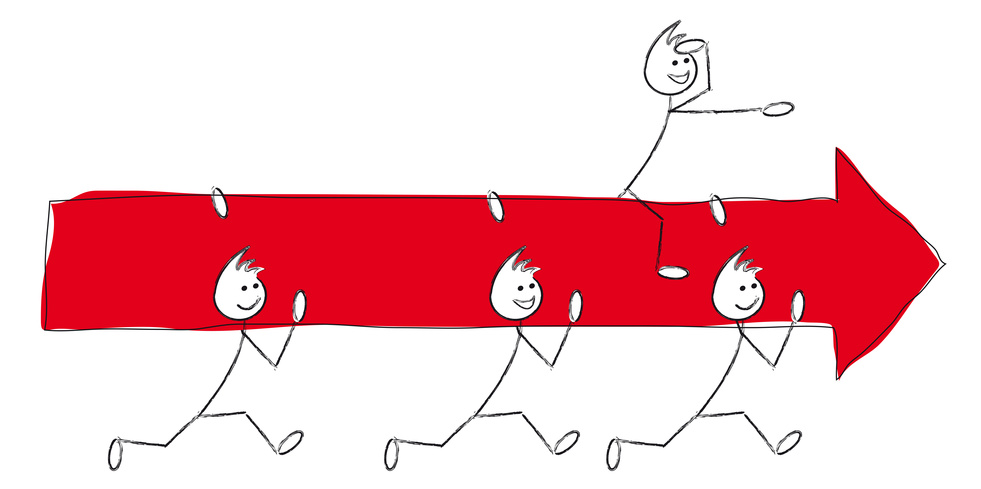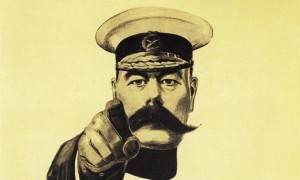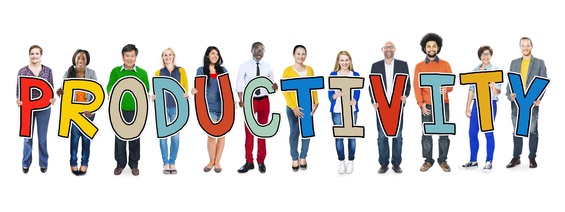Trust is the glue that binds great teams together. In a crisis, especially when distancing is the new normal, we must work very hard to build and maintain trusting relationships. In this short film, Simon Coker talks about what we can do to make sure that our teams continue to thrive while working remotely. We are sharing a series of short films in the next few days, building up to an online workshop on the 14th April at 1.00pm.
In the session, you will be able to talk with peers and take away usable ideas for successful leadership and teamwork in a crisis. Click on the link to register and please share. We look forward to seeing you next week. Stay safe.

